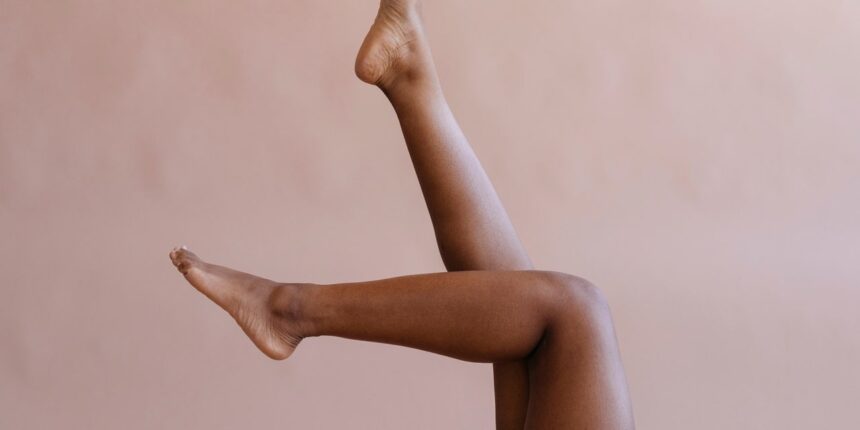From nearly the moment it strikes, plantar fasciitis can have an insidious way of dominating your life. Its characteristic heel pain tends to hit the hardest with the first few steps you take out of bed—an instant reminder of its presence every morning. And though you might find some relief throughout the day as the muscles in your feet loosen up, that discomfort tends to rear its head again with enough time spent standing or walking.
The condition occurs when the band of connective tissue spanning your arch, called your plantar fascia, becomes inflamed and irritated, which can happen for a bunch of reasons—after all, plantar fasciitis plagues as many as two million people yearly in the US.
Some of it is simple anatomy: The way we’re designed to walk involves flexing the toes upward and tightening this strap of tissue with each stride, and it’s possible that in some folks, the plantar fascia just bears more of that force than in others. Your arch height can play a role, too. Those with flat feet tend to overpronate, or roll their feet inward, as they walk, which can pile extra pressure on that fascia, Jeffrey M. DeLott, DPM, a podiatric surgeon at Hartford HealthCare’s Connecticut Orthopaedic Institute, tells SELF. On the flip side, having super-high arches can lead to inherent tightness in this region just because of how the foot is shaped, he points out, which can also make you prone to plantar fasciitis.
And there are certainly lifestyle factors to weigh as well. Some of them can be pretty obvious, for instance being on your feet for hours on end or diving into a workout regimen featuring a ton of high-impact activities (like running or plyometrics) without building up your tolerance first, Christynne Helfrich, PT, DPT, an Illinois-based physical therapist at virtual clinic Hinge Health, tells SELF. But other everyday triggers can be more subtle. Below, you’ll find the behaviors that you might not realize could be making your plantar fasciitis pain worse, and what to do instead to take a load off your hardworking arches.
1. You often wear flimsy sandals, barefoot-style sneakers, or no shoes at all.
Bopping around in shoes with little if any arch support (like flats or flip-flops) can worsen plantar fasciitis by asking that band of tissue to work overtime, Dr. DeLott says. And the same goes for wearing minimalist sneakers or ones with zero drop—meaning, the heel and toe box fall at the same height (as opposed to the heel being elevated with more foam). These streamlined running shoes have become popular in recent years because they allow your feet and toes to move more naturally as you push off and land, which can strengthen their “intrinsic muscles,” Kaitlyn Laube Ward, DPM, a board-certified foot and ankle surgeon at Voyage Healthcare in Minnesota, and resident expert at ZenToes, tells SELF. And in some people, zero-drop shoes may take pressure off the knees and hips, alleviating pain in those areas. But in folks with plantar fasciitis, these shoes just increase demand on your calves, Achilles tendons, and yes, plantar fascia in ways that can spark more pain.
Read the full article here



